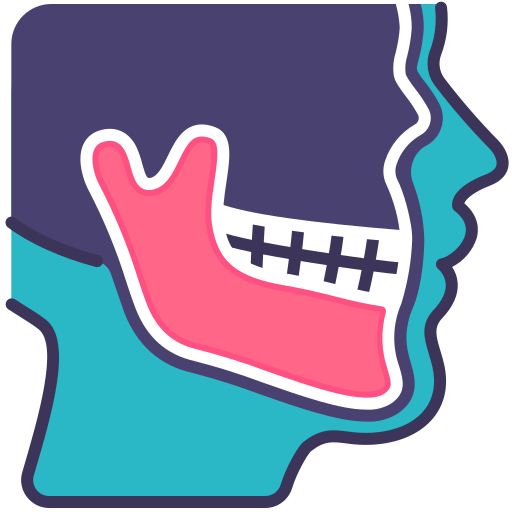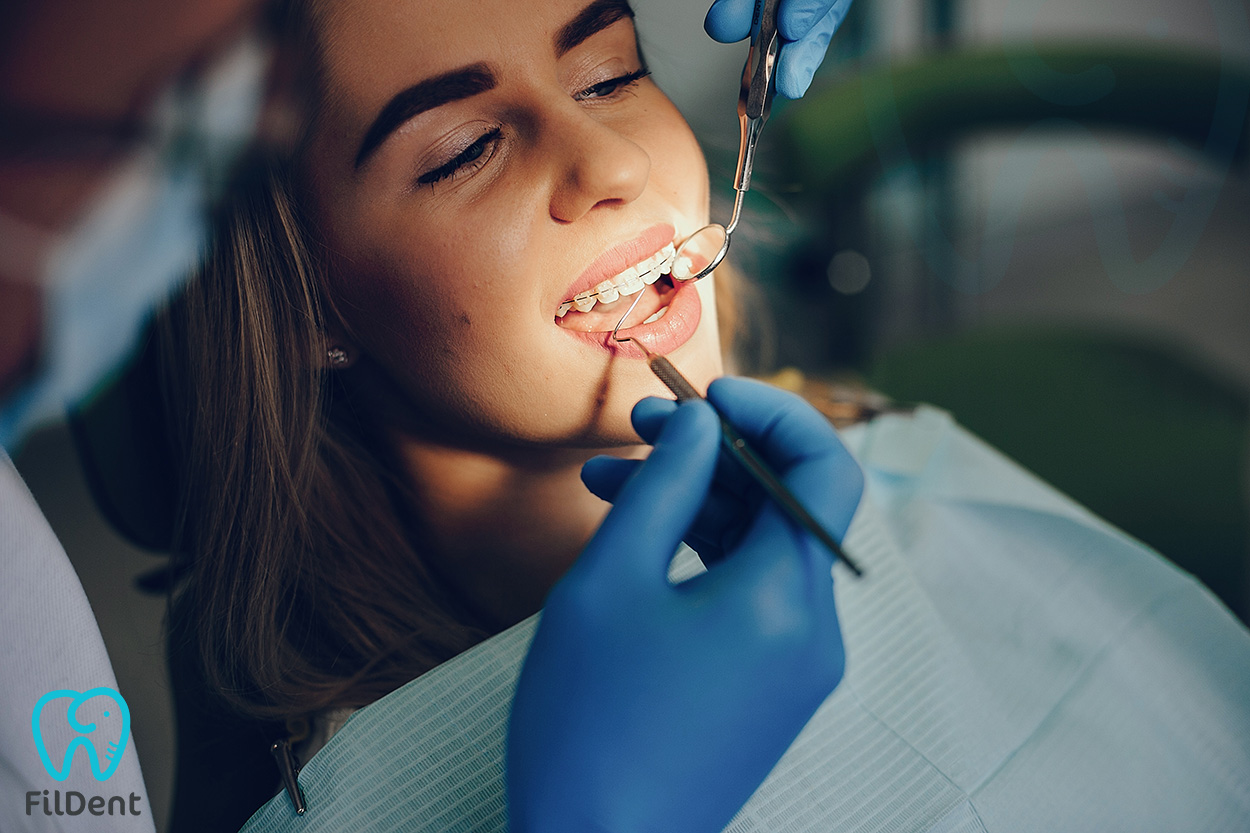

Jaw Joint Diseases
The jaw consists of two prominent bones. These bones are the lower jaw bone and the upper jaw bone. Jaw joint diseases are also at this point, the joints that connect the two jawbones. Joints have a bony and soft texture.
Significantly, the finger crushing and clicking, which is done by everyone intentionally or unintentionally, trigger such diseases. In a joint disease that develops due to triggers, it can turn into large-scale jaw symptoms starting from a simple action; an example of this is jaw mass. Of course, it does not just occur in this way; It continues as traffic accidents, wrongly applied treatments, sudden wrong movement, excessive and continuous stress, habits (eating lips, lying on the stomach, etc.) and the like. Jaw joint diseases increase day by day and gain speed in direct proportion to the progress. Therefore, the earlier the treatment process and diagnosis are made, the higher the success rate. As with any medical condition, early intervention is of great importance in jaw joint diseases.
What are the Symptoms of Jaw Joint Diseases Caused by Patients?
The patient with jaw joint disease will hear a sound coming from the jawbone while eating.
The jaw gets continuously stuck. It has difficulty during closing and opening.
It may experience short-term or long-term locking due to jaw joint diseases.
I was feeling pain or pain, while the jaw joint is functioning.
The patient’s inability to open his / her mouth fully, jaw joints to perform their operations.
These are the symptoms generally detected in patients with jaw joint disease; symptoms may vary from person to person. You should go to your physician and be examined for a detailed diagnosis.
What are the Symptoms of Jaw Joint Disease?
Jaw joint disease is a disease that progresses insidiously. As soon as it does not appear suddenly, you may hear occasional noise until the disease has fully spread. Therefore, treatment is delayed for a long time. When it progresses, the patient experiences the following complaints; Clicking sounds when opening and closing the jaw, short-term locking such as the jaw bone while stretching, difficult opening in the mornings or if the jaw is closed for a long time, pain in the case of frequent use of jaw joints such as eating, back and neck pain (especially in female patients) situations can be called the general symptoms of the disease.
What are the Causes of Jaw Joint Disease?
It is necessary to examine different categories because it is a type of disease that develops due to different causes.
As a result of the mistakes made by dentists in different treatments:
1. Keeping the mouth open for a long time in tooth extractions, especially in 20 years old tooth extractions.
2. After a faulty procedure after orthodontic treatment.
3. Incorrect procedures in filling treatment.
4. Incorrect procedures in dental coating treatments
• Developments depending on the habits of the person:
1. Lip eating, permanent damage to lip tissues.
2. Lying face down, sleeping in the prone position.
3. Sitting and spending time with his hand on the chin.
4. Chewing gum for a long time.
5. Exposure to prolonged strong wind, which is particularly common in bikers.
6. To stand hunched over.
• Stress of the person.
Although there are factors that vary from person to person, we can list the reasons in general terms. Stress causes more jaw joint damage than any other factor. Therefore, people who cannot stay away from stress during the day should be examined by dentists regularly.Developed by dentists and produced individually, night plaques aim to ensure that your jaw is opened and closed correctly. Since the disease has different rates from person to person, some patients may need a few movements, while others may require more extensive operations. Above all, the importance of early diagnosis comes from here.
What is the treatment for teeth grinding or clenching?
The size of your teeth is taken, plaques of various thicknesses are prepared in accordance with the teeth and depending on the level of the problem. You should wear the plates adapted by your doctor at night.
Will my jaw come off?
Permanent deterioration may occur in joints and adjacent structures. In this case, while performing the jaw opening movement, the joint knob may not move forward and return to its original place, and the chin may dislocate.
What to do if the jaw is dislocated in the jaw joint problem?
If the jaw is displaced, a few movements are made to ensure that the joint head is placed back into the joint pit. Jaw dislocation is corrected in this way. For this, you need to contact your doctor as soon as possible.
What is a splint (night plate) made for the jaw joint?
They are made of acrylic plates made by your doctor according to the severity of the disease.
How to use night plates (jaw joint splint), how to store, how to clean?
The plates used in the treatment of the jaw joint should be used by the patient every night while lying down. It is useful to use it when he realizes that he is clenching his teeth during the day. Plaques are worn at night and brushed with liquid soap in the morning (no paste is used due to the abrasive nature of toothpastes).
How long will I use the night plate (joint splint)?
Night plates should be used for 6 months as directed by your doctor. In this 6-month period, apply to your doctor for a control in the 1st, 3rd and 6th months.
